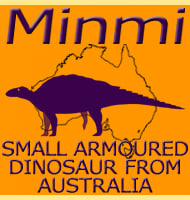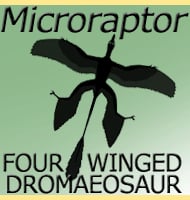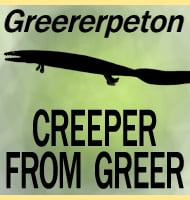In Depth
Armadillosuchus is but one of many bizarre crocodiles from the Cretaceous period, but what makes this genus different are the armadillo-like plates in the form of flexible bands and rigid plates that run down the length of its body (hence the meaning of the genus name). Armadillosuchus is widely believed to have been a terrestrial crocodile, which means that it left the water for extended periods to actively live on land. Ideas from this come from analysis of the fossil site which back during the Cretaceous was thought to have had a very dry hot climate with seasonal rainfall as well as the legs which are better suited to walking than other more aquatic forms.
Another interesting feature is the lower jaw which can slide forwards and backwards, a degree of motion virtually unheard of in other crocodile forms which are usually only capable of opening and closing. Although only speculation, this movement may have enabled to use a sawing motion with its jaws in a particular feeding the style. The jaws also narrow quite significantly rather than being broad like in many other forms. Again this might have been for a specific feeding adaptation.
Further Reading
– An armadillo-like sphagesaurid crocodyliform from the Late Cretaceous of Brazil. – Journal of South American Earth Sciences 27(1):36-41. – T. S. Marinho & I. D. S. Carvalho – 2009.










